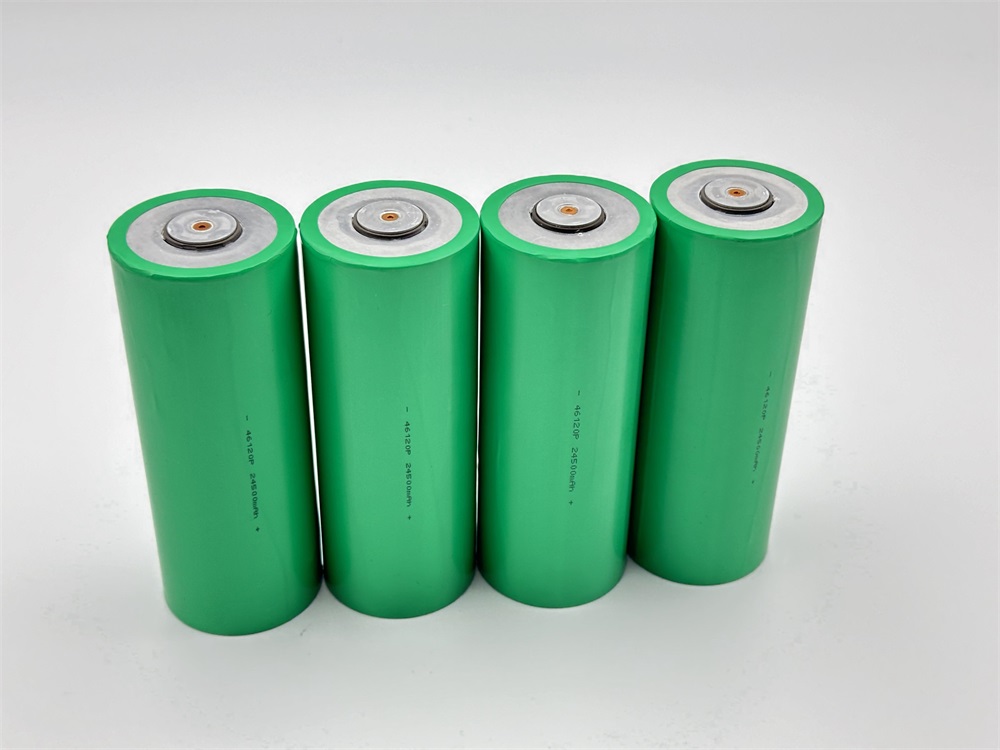Understanding the Different Types of LiFePO4 Batteries
LiFePO4 batteries come in various shapes, current grades, and functions. This guide will help you understand the different types more easily.
LiFePO4 Battery Cells in Different Shapes
Cylindrical Cell

- Description: The cylinder cell is the most traditional and safest technology. Its round shape allows for equal internal pressure distribution and better heat dissipation. The mature automated production lines and technology make cylinder cells safe, efficient, and consistent.
- Capacity: Typically small, with an 18650 cell around 2200mAh. Common sizes include 18650, 26650, and 32650.
- Applications: Used in small mobile devices like power banks, drones, flashlights, electric toys, tools, and digital electronics. Tesla uses the 21700 cylinder cell in the Model 3.
- Note: Not recommended for large battery systems due to the high number of cells required.
Prismatic Cell

- Description: Prismatic cells are favored for their high capacity and square shape. They are easy to connect in series to create battery packs (e.g., 12V100Ah, 12.8V280Ah, or 48V280Ah).
- Stability: Fewer cells in the pack mean more stability and better BMS management.
- Applications: Ideal for energy storage systems and power applications, including low-speed vehicles, AGVs, cleaning machines, and some EVs.
Pouch Cell

- Description: Pouch cells use aluminum-plastic packaging, making them lighter and offering higher energy density. However, they are more susceptible to damage and require good case protection.
- Safety: In case of issues, the cell will bulge and break without exploding or catching fire.
- Customization: Shapes can be customized to fit specific battery compartments.
- Applications: Used in smartphones, drones, wearable devices, the automotive industry, and the military.
LiFePO4 Battery Cells in Different Current Grades
1C – Energy Storage
- Performance: Most energy storage LiFePO4 cells have a 1C charge/discharge rate, meaning they can discharge for one hour at 1C current. Lead-acid batteries can only sustain 1C discharge for 30 minutes or less.
- BMS Protection: Designed not to discharge above 1C to protect the battery cells.
2C/3C – Higher Power
- Performance: These cells offer better performance at higher currents, providing more power with less capacity.
5C and Higher – EV Grade Cells
- Applications: Used in UPS and Electric Vehicles due to their ability to handle high instant power and charge speeds.
- Requirements: High current capability is needed for the battery cells, BMS, connection joints, and internal cables.
Different Applications and Design Purposes
Modular LiFePO4 Battery
- Scalability: Can be scaled from 5kWh to 50kWh and higher.
- Communication: Built with communication modules for inter-battery balancing and inverter interaction.
- Capacity: Multiple units can be connected in parallel to achieve large capacity requirements.
Residential LiFePO4 Battery
- Design: Tailored for home energy storage systems with aesthetically pleasing designs that integrate with household decor.
- Performance: Similar to modular LiFePO4 batteries and can be connected in parallel for higher capacity.
High Rate LiFePO4 Battery
- Applications: Suitable for motors requiring higher currents.
- Performance: 1C is sufficient for low-speed vehicles, but higher rate batteries can help in cases of smaller compartments or lower budgets.
Specialty Battery
- Environment: Designed for extreme environments such as extreme cold, heat, and humidity.
- Performance: Better performance in low and high temperatures and airtight conditions.
Edit by paco



